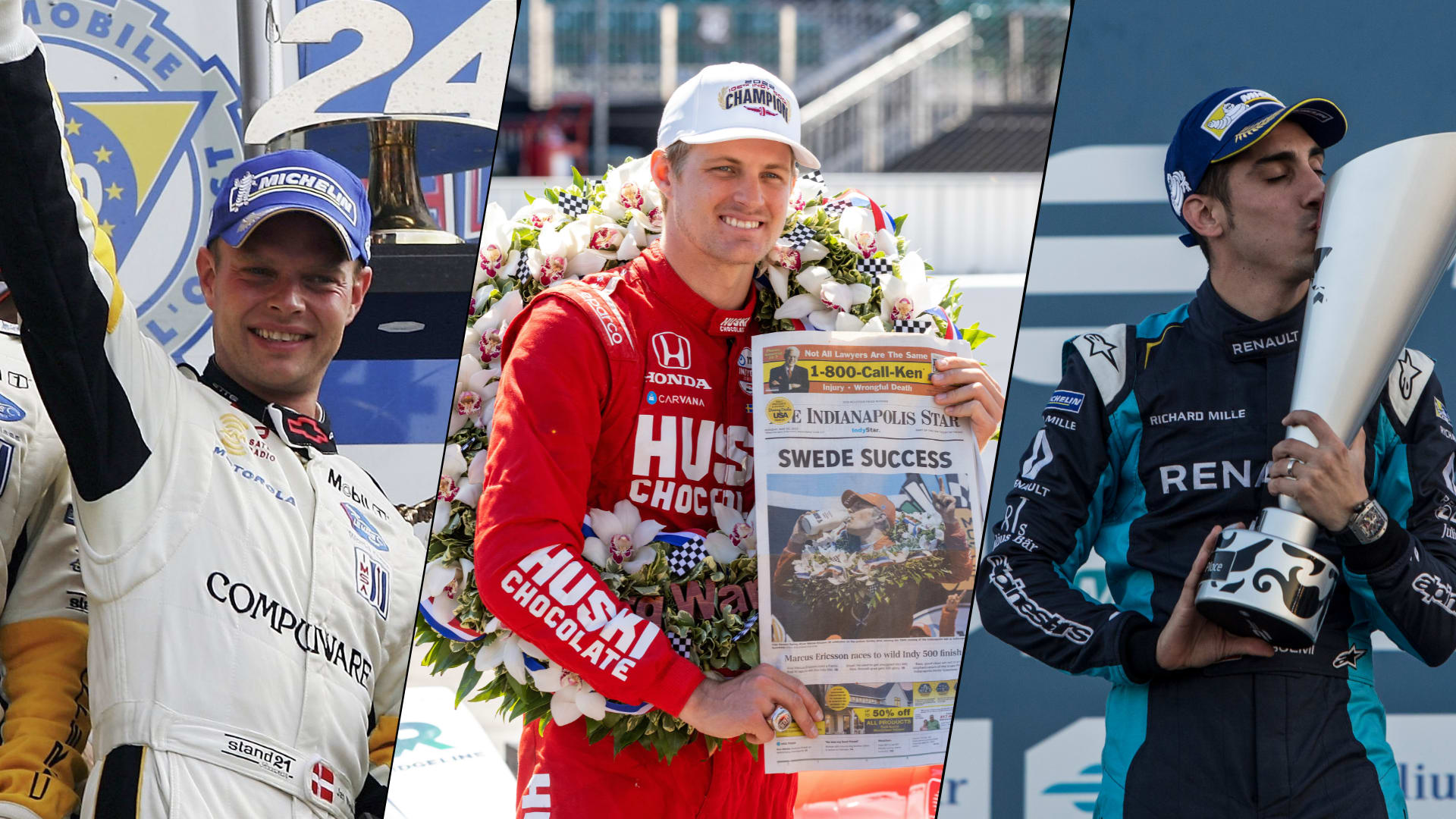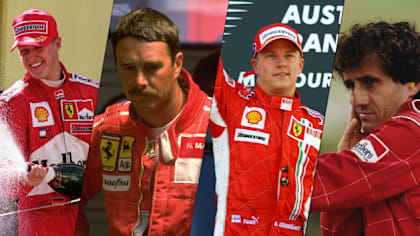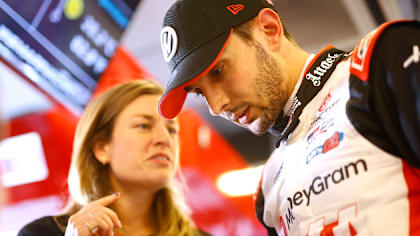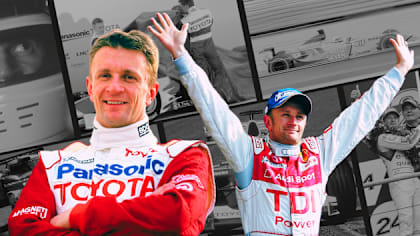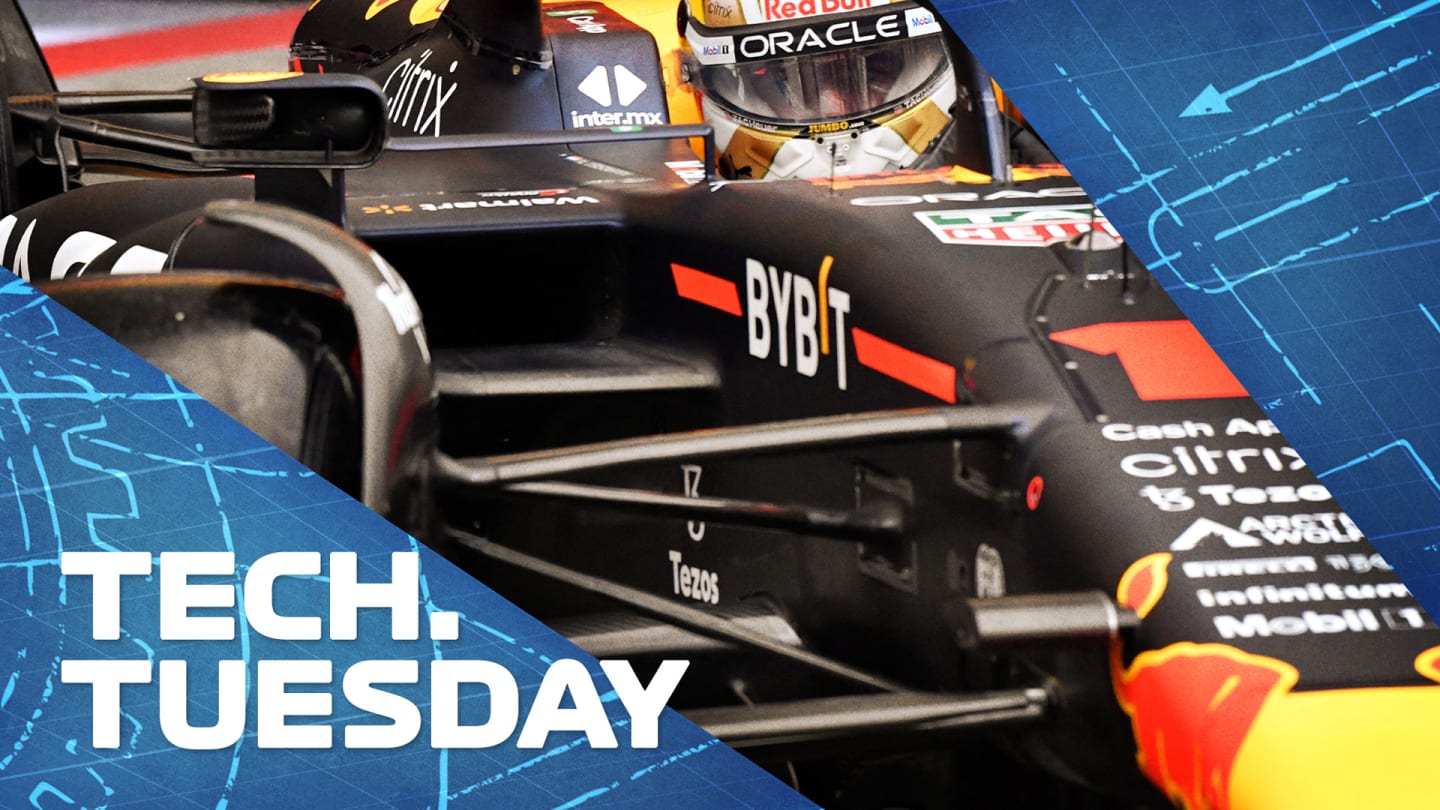
Technical
TECH TUESDAY: Why was Red Bull’s pace advantage cut so dramatically at Zandvoort?

Share

Why were Red Bull so fast at low-downforce Spa and slightly less competitive at high-downforce Zandvoort? Mark Hughes looks into their suspension set-up to find out, with technical illustrations from Giorgio Piola.
The competitive hierarchy of the top three cars, Red Bull, Ferrari and Mercedes, changed significantly between Spa and Zandvoort just seven days later. This has some significant technical implications.
TECH TUESDAY: How Red Bull engineered the RB18 to dominate at Spa
What we saw at Spa was the biggest advantage Red Bull have enjoyed all season, whereas at Zandvoort the spread between the three cars was actually very small. Max Verstappen had to work considerably harder to win at the Dutch circuit starting from pole than he had at Spa, from a penalised 14th.
As we discussed last week, the Red Bull RB18 advantage is maximised when all the cars are obliged, because of the track layout, to run relatively big ride heights. The cars all lose downforce when ride height is increased, of course, but the Red Bull loses less.
It may also be that the Red Bull’s superior ride allows it to make a smaller increase in ride height than the others, in which case it would be a double whammy: less downforce lost for every increment of increased ride height and less of an increase in ride height.
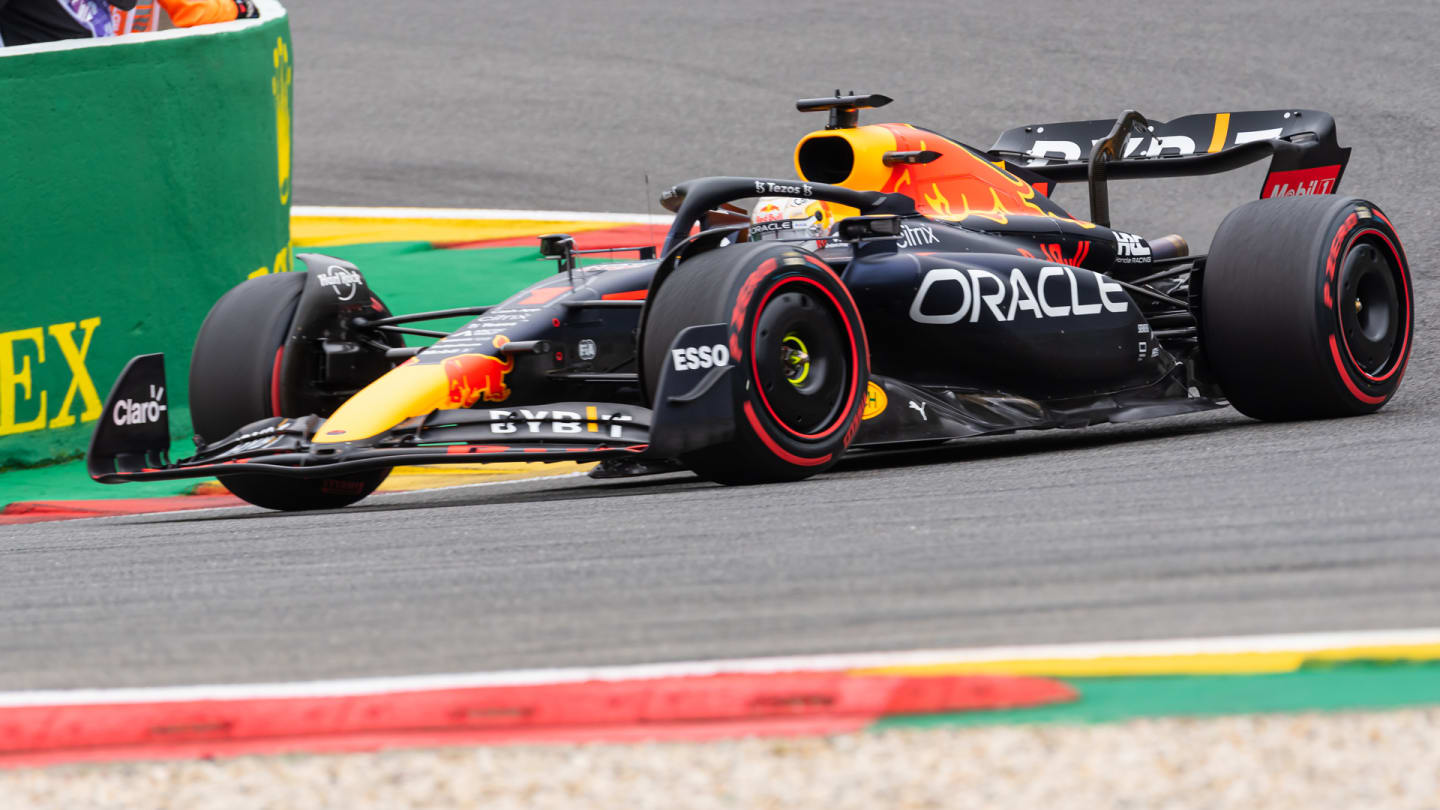
Red Bull's advantage is pronounced when other teams have to run higher ride heights
At the opposite end of the spectrum, the Mercedes loses a lot of downforce when running the sort of ride heights demanded by Spa, and its poor ride probably means they have to increase its ride height more.
Ferrari, another car with a bouncing characteristic at high speeds, were also more compromised than Red Bull at Spa, though not to the extent of Mercedes.
All this is directly related to how efficient the downforce packages – how much downforce for how little drag – of each car at Spa was.
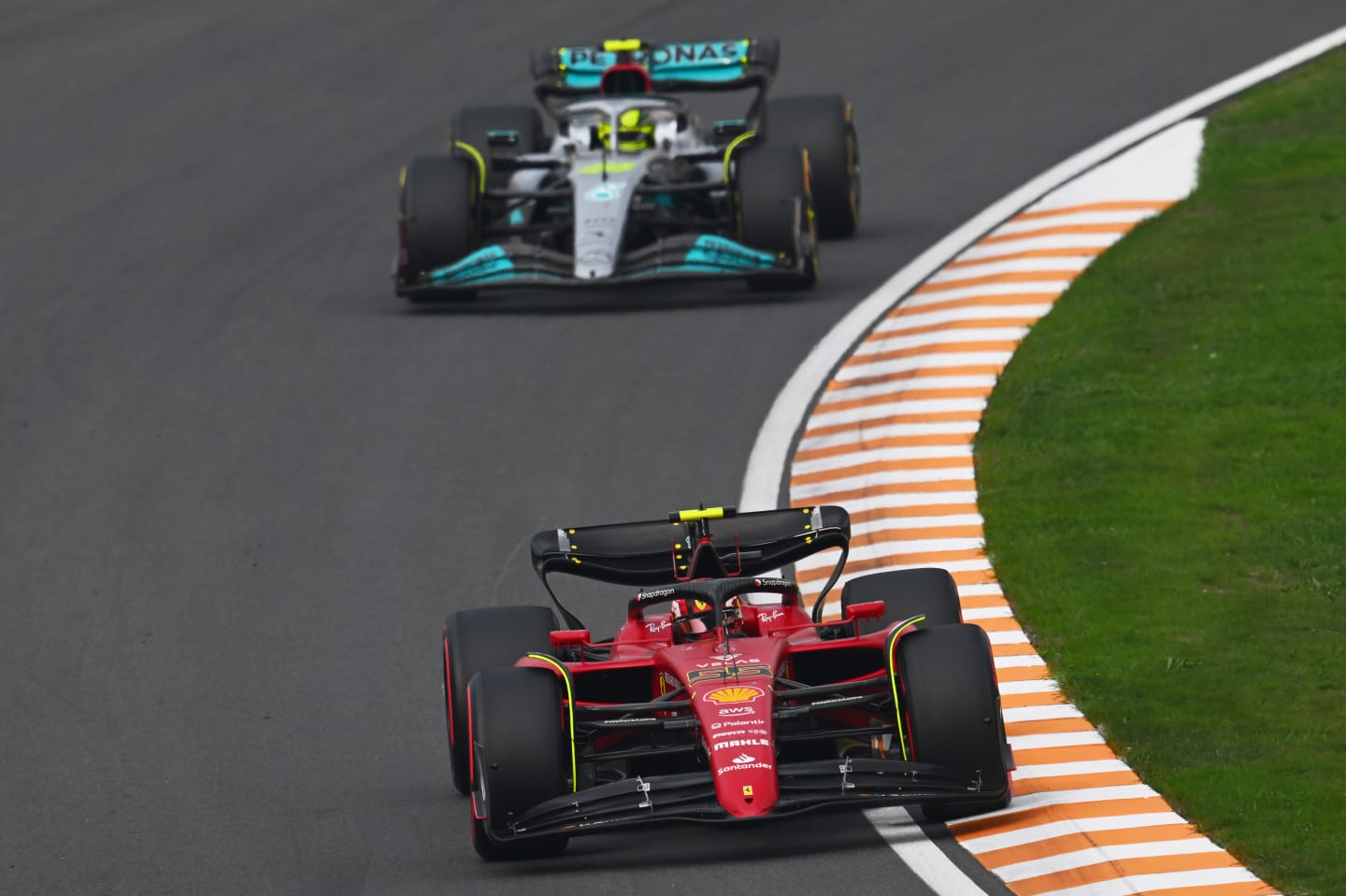
Ferrari and Mercedes were affected by bouncing at Spa
But the aero demands of Zandvoort are entirely different. The circuit is relatively smooth, the straights not as long. Aero efficiency is nowhere near as important here as at Spa. Sheer downforce is more heavily rewarded. The layout allows the cars to run a very low ride height – and in this part of the aero map the Mercedes actually now works very well indeed; it produces a lot of downforce at low ride heights.
Competitive with Red Bull and Ferrari for low ride height downforce and at a circuit where aero efficiency is less important, the Mercedes W13 was at its most competitive at Zandvoort. Couple that with Ferrari’s tyre temperature issues and Mercedes were Verstappen’s main threat for the first time this season.
There will be many factors that allow the Red Bull its smoother ride – and earlier in the season we looked in particular at its highly sophisticated underfloor design – but another crucial element could be the sophistication of its front suspension.
The front and rear suspensions are the two parts of this car specifically designed by Adrian Newey, emphasising perhaps just how critical he considered suspension to be under the new regulations.
READ MORE: 6 Winners and 5 Losers from the Dutch Grand Prix – Who impressed at Zandvoort?
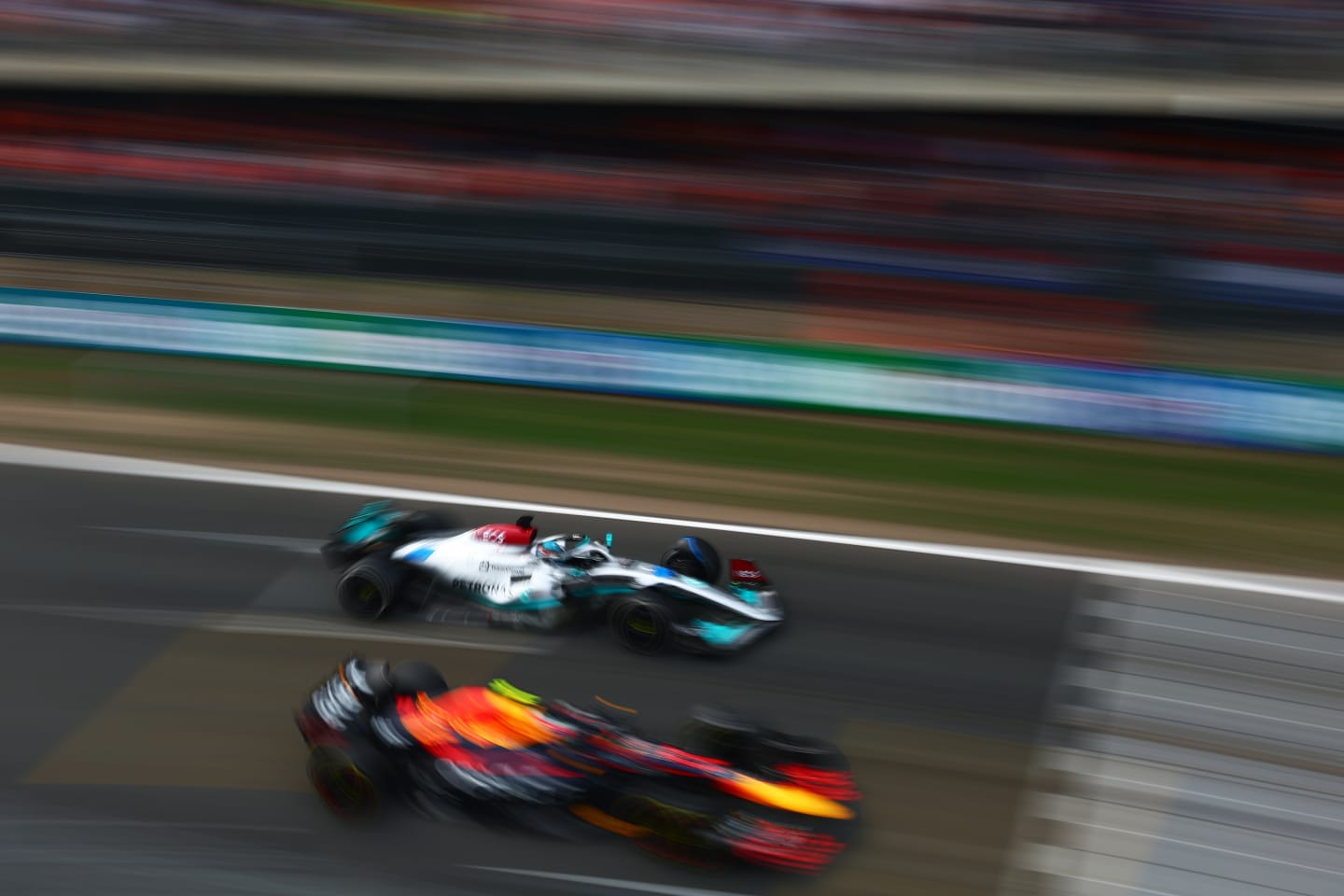
Mercedes posed more of a threat at Zandvoort thanks to their downforce at lower ride heights
This generation of aero regulations led to a re-assessment in every team of the best way to package both front and rear suspensions and Red Bull’s adoption of pullrod front (after years of pushrod) and pushrod rear (after years of pullrod) is just a reflection of this. But it is the detail of the RB18’s front suspension which is particularly interesting.
The upper forward link is mounted very high, the upper rearwards link significantly lower. This is a common feature of 2022 cars as it resists the dive of the car under braking, which is particularly important with the ground effect concept, as it limits how much the rear ride height increases as the car is braked. With the previous generation of cars, with a lot of rake, this was less important. The downside of the anti-dive geometry is it makes it easier to lock the front wheels, but the aero benefit on the 2022 generation of cars more than overcomes that.
READ MORE: How did Mercedes come so close to pulling off a one-stop strategy?
Having the static ride height adjustment incorporated in the external part of the suspension is a beautiful detail of the Red Bull and gets around the more difficult access inherent in a pullrod layout.
As in the previous two years, the Red Bull’s front suspension is a multi-link, with separate attachment points both inboard and outboard for the various suspension links, allowing them to work more independently and thereby help with the ride quality.
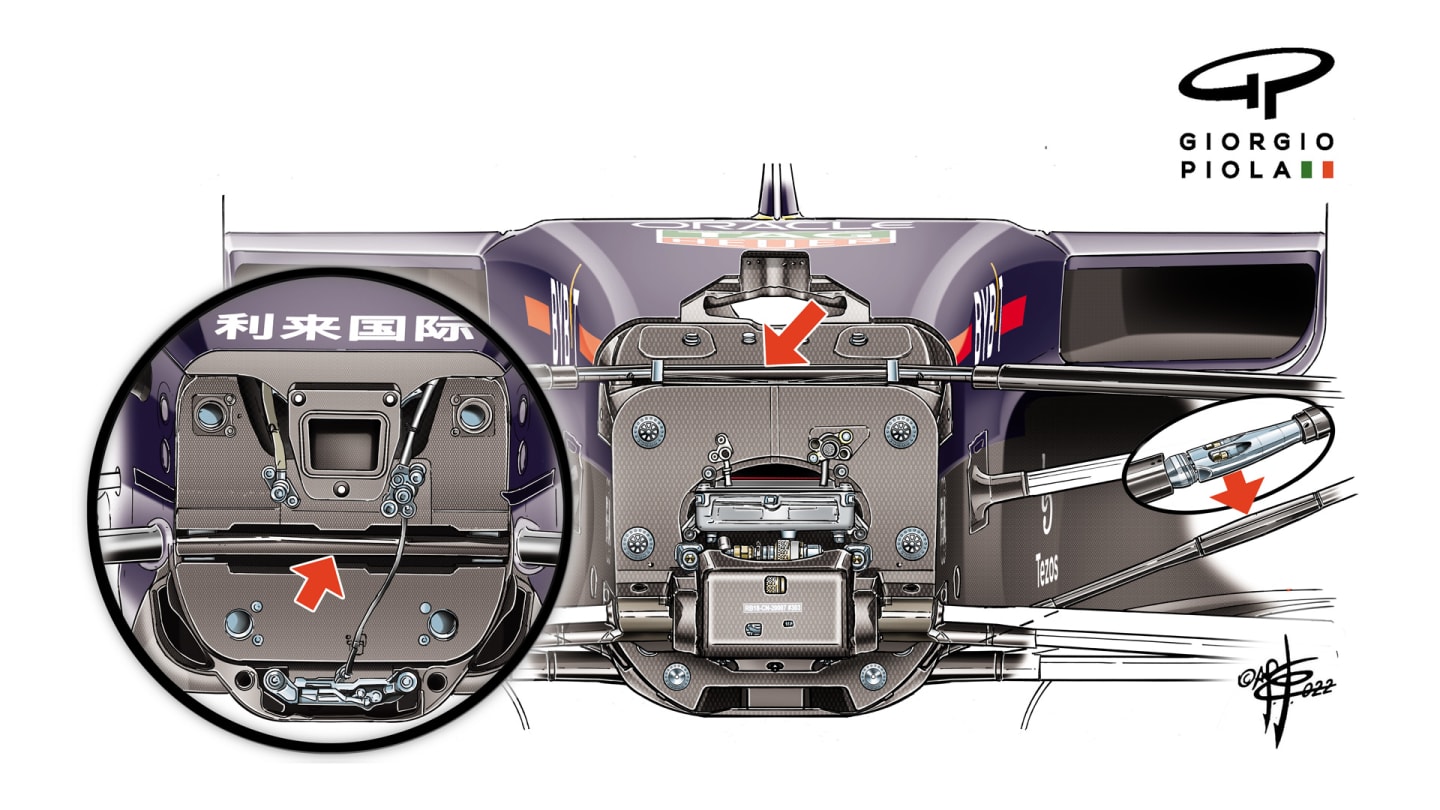
Inset (L) is this year’s pushrod suspension on the Red Bull RB18. The front upper arm passes through the chassis now, while previously it was the front lower arm. The upper arm is mounted higher than the rear lower arm (not visible), giving an anti-dive geometry. A beautiful detail (inset R) is the adjustment of the ride height set outside the pedal box.
A good ride quality in an F1 car is desired for aerodynamic reasons rather than driver comfort, as in a road car. The more immune the car is to bouncing, the lower it can be run and the more downforce is produced from the underbody ground effect tunnels. It can also allow the driver to use more of the kerb, effectively shortening the length of the track.
The secret of the RB18’s speed over such a variety of circuit types will be about more than just suspension. But under these regulations that mechanical aspect has greater aerodynamic implications than before.
YOU MIGHT ALSO LIKE
Feature 5 Ferrari moves that paid off – and 5 that didn’t – as Hamilton embarks on his new chapter
News Laura Mueller becomes F1's first female Race Engineer as Haas confirm key personnel changes
Feature LIGHTS TO FLAG: Allan McNish on working with Senna, an F1 chance that came ‘too late’ and helping Audi join the grid
Video LIVESTREAM: Watch all the action from Round 4 of the 2025 F1 Sim Racing World Championship
